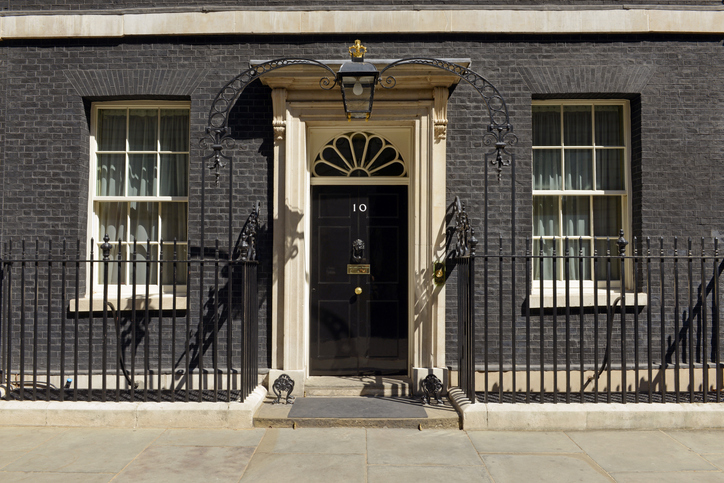Regrettably what was previously in a lot of cases the ‘golden goose’ for the family does on divorce become the victim of undue attention.
In divorce proceedings the value of the parties’ interest in the business needs to be agreed and it has to be decided how this value should be reflected in the financial redistribution. In valuing the business there are different approaches that can be used but hand-in-hand with the valuation including the liquidity of the business. Obviously, there can be tax implications when money is extracted from a business so tax efficiency must also work in tandem with value and liquidity.
Up-to-date valuations must be used, while hope and future value can only be used in exceptional cases if it provides a fair outcome. Historical values are also relevant when considering matrimonial and non-matrimonial assets, and one needs to be aware that the court does not always accept that valuations provide a true picture of the businesses but act as a guide. An example of this is in the case of P Vs P in 2008 where the court valued a shareholding at £730,000 but the other shareholders subsequently offered to buy those shares at £2.4 to £2.8 million. Parties need to be cautious in that a change in the value of the business is unlikely to lead to a successful challenge of the order.
There are also other features in businesses to consider such as ones established before the marriage or inherited (bearing in mind that inherited and premarital assets are generally not considered matrimonial assets and available for sharing) and businesses where there has been significant growth post-separation because of one party’s endeavours.
Interestingly, the Court of Appeal has stated that “the separation of the family does not terminate the sharing of the results of the company’s performance. That is easily achieved in any case in which the wife’s dependency is met by continuing periodical payments. It is less easy to achieve in a clean-break case. In that situation, however, sharing is achieved by a fair division of both the copper-bottomed assets and the illiquid and risk-laden assets”. In essence this decision was as a result of the court not being able to value the business or estimate future liquidity despite expert evidence. Some judges think of this approach as a last result, as a clean break is what is intended in the statute books when dealing with divorce.
It is possible for shares in a limited company to be transferred from one party to the other, but it is rare for the court to order a transfer of shares so that both parties become shareholders. Obviously, where there are third party shareholders they may not agree to the transfer.
When dealing with a business the aspects which need to be considered are the discounts which will be applied to a business value to reflect illiquidity and minority shareholding. This can be up to 80% 25% or 30%, but there is a reported case where the wife was awarded 40% of the assets and not 50% as the husband was retaining the illiquid business asset. Risk is another factor which parties sometimes try to use in order to obtain a discount to the value of a shareholding. Similarly, key man discount was argued in the Sorrell case on the basis that the value of the business would be reduced if the husband were to leave – the argument was rejected.
Frighteningly, the court does have the power to order the sale of shares in a private limited company although this is extremely rare, because a family business will often be the source of future income. It is important to remember that a business valuation is calculated by reference to it being the goose that lays the golden egg and what divorcing parties must be very careful of is not to double discount by including a value for a business and there being a periodical payments order.
As unbelievable as it may seem to the average business man, a family business – if a company – cannot be ordered to sell its assets. In the case of Petrodel v Prest the court pierced the corporate veil, because it was viewed that the husband was the owner and controller of the companies – he had complete control over the company assets. As a result, the court ordered the transfer of corporate assets between the parties.
In an economy where entrepreneurs are a growing breed of business men and women, the question has to be asked as to how business wealth can best be protected? Would a pre-nuptial agreement do the job or not?
Charmaine Hast is head of family department at Wedlake Bell





